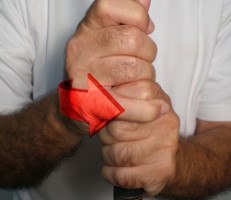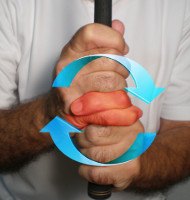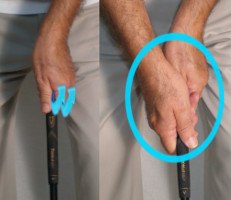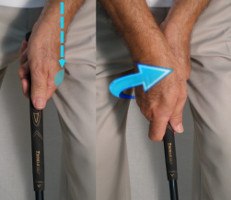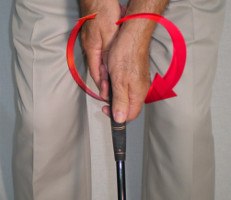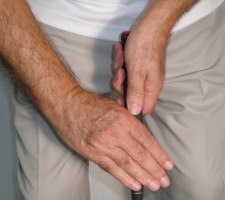Pros and Cons of Every Golf Grip Style |
Best Grip? Overlapping vs Interlocking |
Grip style: Vardon (overlapping) |
Hand position: strong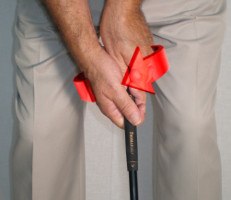 |
Putting grip style / hand position: Reverse overlap / neutral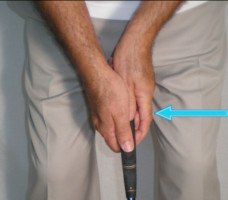
|

Could Charles Howell III grip the golf club any way he wanted and still generate enormous power? Probably. But his strong hold certainly doesn’t hurt.
Howell may not have lived up to the sky-high hype that attended his pro debut in 2001 – at least not as of early 2015 – but his talent and skill have never been questioned. Despite weighing a wispy 155 pounds, the Augusta, Ga., native averaged a whopping 304 yards per drive in 2014, good for ninth on the PGA TOUR.
Like many of his peers, Howell starts with a strong
grip
. At address, the knuckles on the back of his left hand protrude toward the target, with a pronounced angle at the wrist. His right hand may actually be a little stronger: The “V” between forefinger and thumb points to his right shoulder, which tells you his palm is well underneath the handle.
While adopting a strong grip is a much-recommended power booster, much of Howell’s juice comes from his remarkable flexibility and wide swing arc. Indeed, there’s a tradeoff for his amazing distance – in 2014, Howell hit just 53% of fairways to rank 172nd on tour.
He’s been considerably more reliable on the greens. Charles Howell III’s grip with the putter, however, has changed from time to time. After experimenting with a cross handed style and a belly putter, he was back to a traditional reverse overlap grip with a regulation flat-stick at last check. He’d also joined the ranks of pros using an oversized putting grip, which curtails unwanted wrist action.
Perhaps something will click soon for the former junior and college golf phenom, whose two tour wins are far short of his predicted total.
